The Government has just issued Resolution No. 48/NQ-CP dated April 3, 2023 approving the Strategy for sustainable exploitation and use of resources and protection of the marine and island environment until 2030, with a vision to 2050 (Strategy).
Well manage and protect marine, coastal and island ecosystems, increase the area of marine reserves and sea areas
The strategy sets out the general goal by 2030 that marine and island resources are exploited rationally, used effectively and fairly to serve socio -economic development in conjunction with ensuring national defense, security, foreign affairs and international cooperation; marine environmental pollution is prevented, controlled and significantly reduced; marine, coastal and island biodiversity is protected, maintained and restored; natural heritage values and marine cultural heritage are preserved and promoted; the impact of natural disasters is minimized as much as possible, proactively and effectively responding to climate change and rising sea levels, aiming to make Vietnam a strong maritime nation, rich from the sea.
Rapid and sustainable development of marine economic sectors, especially key marine economic sectors
Specific goals by 2030 are to exploit marine and island resources reasonably and effectively to rapidly and sustainably develop marine and coastal economic sectors, especially key marine economic sectors in order of priority: (1) Marine tourism and services; (2) Maritime economy; (3) Exploitation of oil and gas and other marine mineral resources; (4) Aquaculture and seafood exploitation; (5) Coastal industry; (6) Renewable energy and new marine economic sectors; improve community life and livelihoods.
Marine pollution is controlled, prevented and minimized; sources of pollution from land and sea, transboundary pollution issues, marine environmental incidents, and ocean plastic waste pollution are monitored, controlled and effectively managed. By 2030, in coastal cities, 100% of hazardous waste and domestic solid waste will be collected and treated to meet environmental standards; 100% of economic zones, industrial zones and coastal urban areas will be planned and built in a sustainable, ecological, smart direction, adapting to climate change and rising sea levels, with centralized wastewater treatment systems, meeting environmental standards, regulations and carrying capacity of the marine environment, and the resilience and resilience of marine and island ecosystems.
Well manage and protect marine, coastal and island ecosystems, increase the area of marine reserves, protected marine and coastal areas to at least 6% of the natural area of the national sea, including marine and coastal reserves; concentrated breeding areas, concentrated juvenile aquatic habitats, habitats of aquatic species, migration routes of aquatic species, biosphere reserves, RAMSAR areas...; restore the area of coastal mangrove forests to at least the level of the year 2000.
Effective response to natural disasters, climate change and rising sea levels based on sustainable use of resources and protection of marine and island environments, along with enhanced capacity for forecasting and warning of natural disasters, climate change and impacts of rising sea levels.
Basic investigation and scientific research on marine and island areas basically meet the requirements of exploitation and sustainable use of resources, environmental protection, conservation of marine and island biodiversity, conservation and promotion of marine cultural heritage values, prevention and control of natural disasters, response to climate change and rising sea levels, contributing to the sustainable development of the marine economy.
Assess the potential and value of important marine resources. At least 50% of Vietnam's sea area will have basic surveys of marine resources and environment at a map scale of 1:500,000 and large-scale surveys in some key areas. Establish a comprehensive information system on marine and island resources and environment, ensuring integration, sharing and updating.
Vision to 2050: Marine and island resources will be exploited reasonably and used effectively to turn Vietnam into a strong maritime nation on the basis of green growth, conserved marine biodiversity, clean marine and island environments, and society in harmony with nature.
Exploitation and sustainable use of marine and island resources
One of the orientations and tasks of the Strategy until 2030 is to exploit and sustainably use marine and island resources. Marine and island resources include biological and non-biological resources of the seawater mass, seabed, subsoil under the seabed, coastal areas and archipelagos, islands, submerged and submerged banks, and reefs under the sovereignty, sovereign rights, and national jurisdiction of Vietnam.
Prioritize the arrangement of marine space for the development of eco-tourism, scientific geological exploration tourism, community tourism; cultural tourism; tourism to islands and offshore areas, maintaining an average growth rate of 11 - 12%/year, international visitors from 8 - 10%/year and domestic visitors from 5 - 6%/year.
Developing a system of green seaports, establishing particularly sensitive sea areas and shipping routes, taking into account the context of regional and international fluctuations. International passenger ports are linked to dynamic tourism development areas; large-scale ports serve economic zones and industrial zones; ports in island districts serve socio-economic development associated with national defense - security and sovereignty over seas and islands; ports in island districts serve socio-economic development associated with national defense - security and sovereignty over seas and islands.
Developing marine aquaculture, offshore fishing, and conserving aquatic resources with the goal of achieving a growth rate of aquatic production value of 3.0 - 4.0%/year; total domestic aquatic production output reaching 9.8 million tons; of which aquaculture output is 7.0 million tons and aquatic exploitation output is 2.8 million tons.
Develop industrial parks, coastal economic zones and islands with high-tech industries, platform technologies and source technologies. Strive for the number of enterprises implementing technological innovation to increase by an average of 20% per year; develop renewable energy and new environmentally friendly marine economic sectors, ensuring the proportion of renewable energy in total primary energy consumption reaches 32.3%.
Prioritize resources to promote activities and models of efficient and environmentally friendly resource exploitation and use, projects that meet circular economy criteria, are suitable for resource reserves and ecological capacity; limit resource exploitation and use activities using outdated and inefficient technologies that damage resources, pollute the environment, and reduce biodiversity.
By 2030, 80% of marine areas will have high biodiversity
Another mission orientation of the Strategy is to conserve biodiversity and marine and island resources. Protect and maintain the existing system of protected areas; investigate, survey, evaluate proposals to establish new protected areas in marine, coastal and island areas; strengthen biodiversity conservation outside protected areas; restore degraded marine and coastal ecosystems.
By 2030, increase the area of marine and coastal protected areas to at least 6% of the natural area of the national sea, 80% of marine areas with high biodiversity and important ecosystem services will be subject to effective conservation policies, and the area of coastal mangrove forests will be restored to at least the level of 2000.
Promote investigation, assessment and determination of the vulnerability and danger level of endemic marine species of scientific and economic value to propose solutions for protection, conservation and restoration.
Establish, expand and strengthen management capacity for spawning areas, juvenile fish habitats and fish migration routes. By 2030, 100% of fishery resource protection areas will be identified and effectively managed.
Strictly control the exploitation, breeding and cross-border trade of wild marine species in need of conservation...
To achieve the above objectives and tasks, the Strategy proposes key solutions such as: Perfecting the legal system on resource management and protection of marine and island environments; developing science and technology; proactively enhancing and expanding international cooperation on management and research of marine and island resources and environments; promoting education, training and development of marine human resources; building a sustainable financial mechanism to serve the exploitation and sustainable use of marine and island resources; building an information system and database of national marine and island resources and environments...
Source


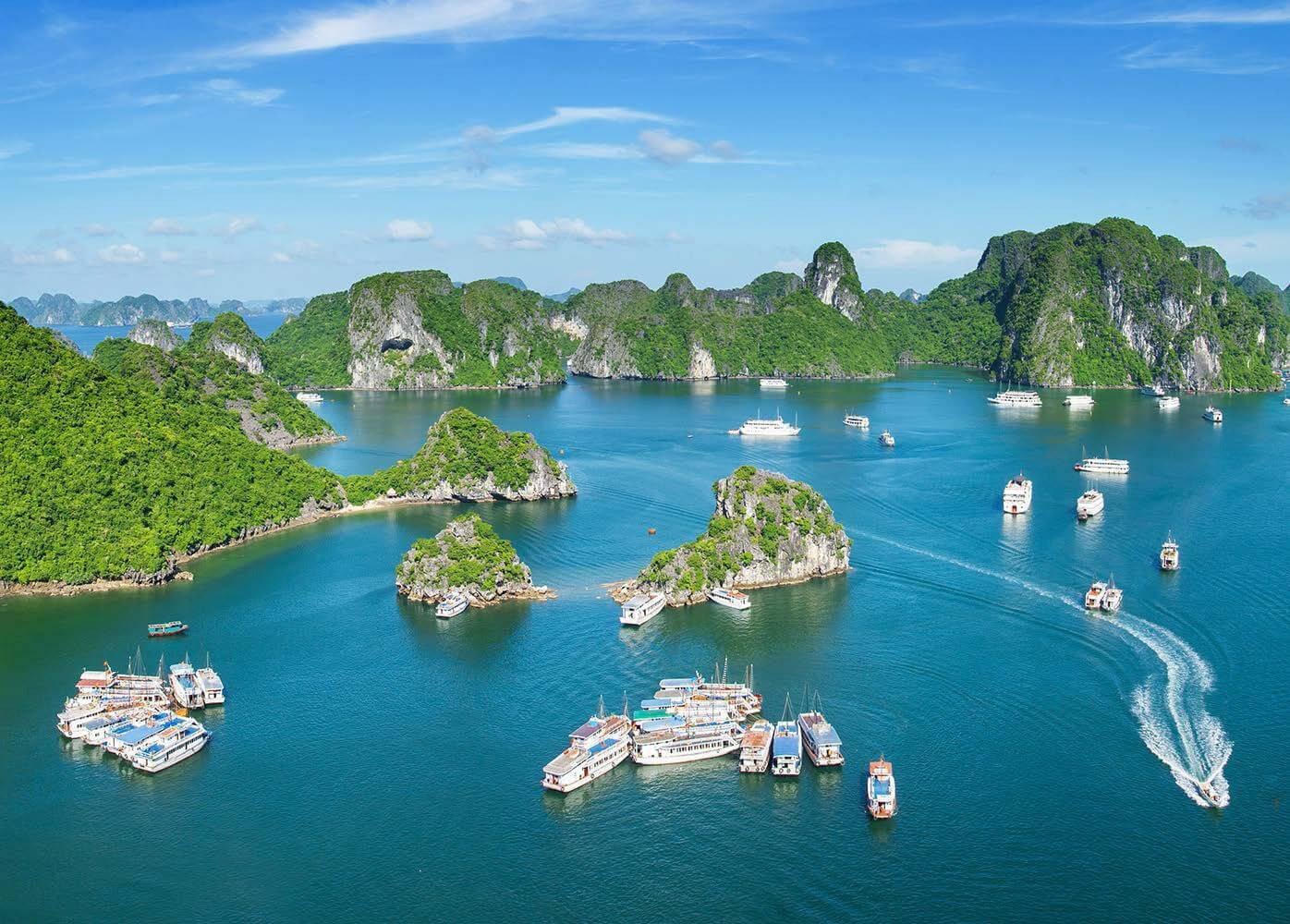

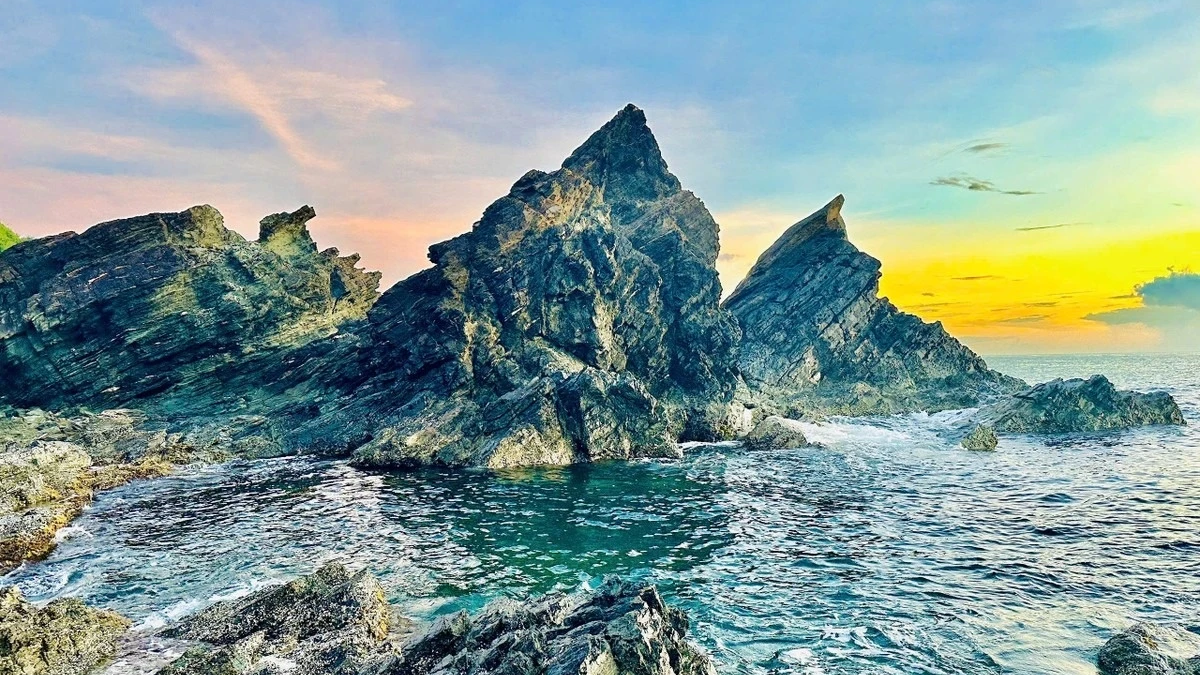












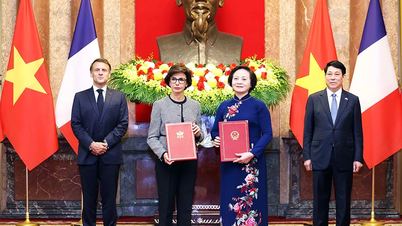










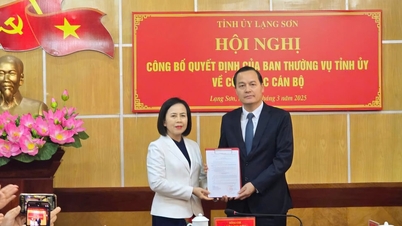

















































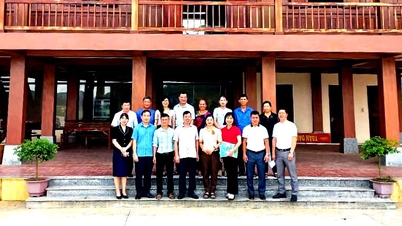

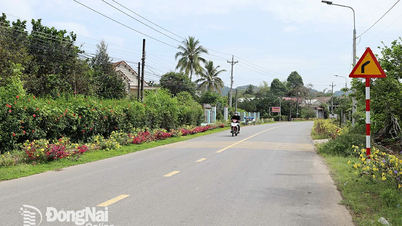















Comment (0)